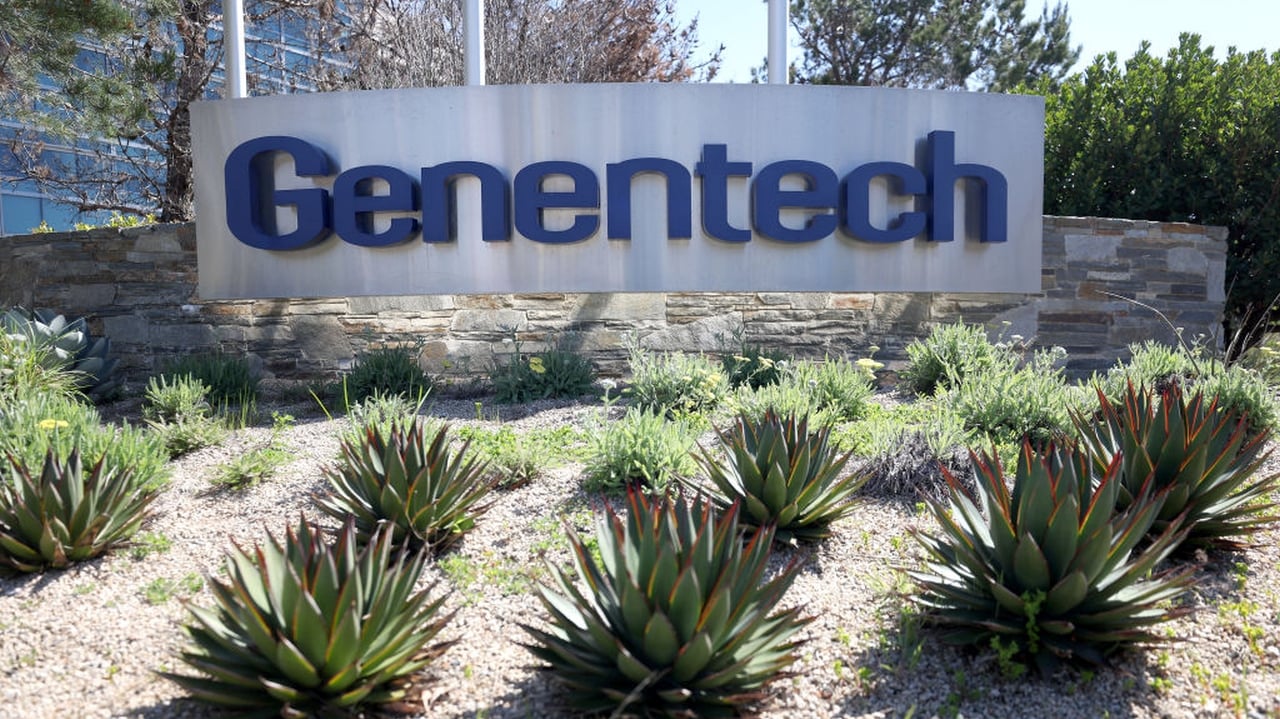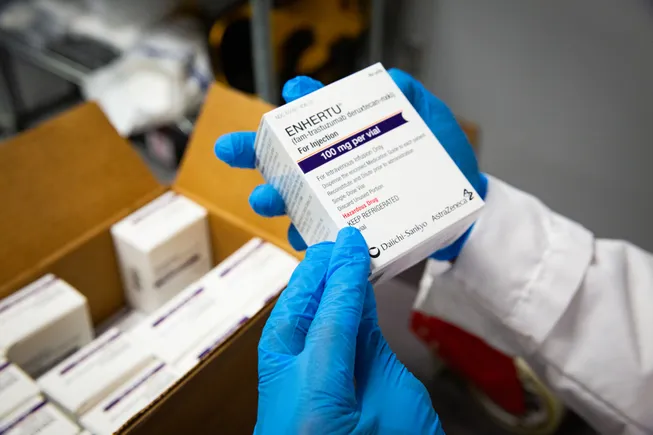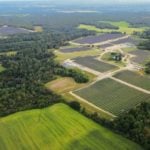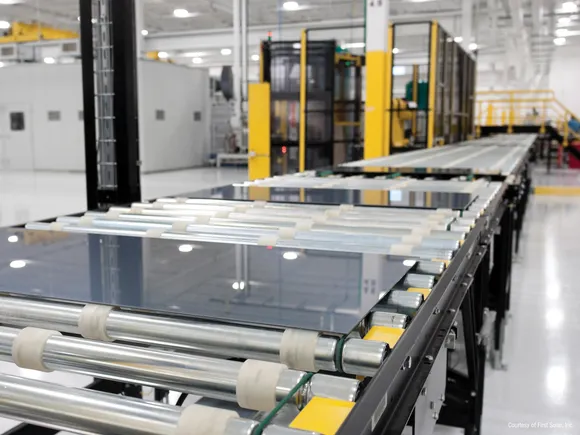Temecula AVA Plays the Mediterranean’s Greatest Hits—and It Works
Wineries across the Temecula Valley are proving why the sunny AVA is such a magical place to drink wine. [...] Read More... The post Temecula AVA Plays the Mediterranean’s Greatest Hits—and It Works appeared first on Wine Enthusiast.
To put it plainly, it is really, really nice in the Temecula Valley. Early in the morning, sunlight streams over grapevines planted on the valley floor. At dusk, the sky transforms into pastel hues, glowing orange against dark mountain ridges. Beauty—from meals and hospitality to painterly landscapes—defines the visitor experience at wineries across the region.
“Where there is wine, there is always food and fun,” says Arnaud Debons, who serves as head winemaker at both Ponte Winery and Bottaia Winery. “But at a certain point, we want to explain why the wines are interesting.”
Vincenzo and Audrey Cilurzo were the first to plant commercial vines in Temecula in 1968, opting for Petite Sirah and Chenin Blanc. Vincenzo was an accomplished lighting director in Hollywood for many years; when the couple relocated to Temecula in the 1960s, the town was unincorporated, with fewer than 400 residents. (Shortly after, they named their newborn daughter Chenin.)

By 1984, eight wineries were in operation, but a devastating Pierce’s Disease outbreak in the 1990s slowed the region’s growth. In subsequent decades, Temecula grape growers and winemakers have fought their way back, many displaying the unflinching commitment to refinement and artistry that characterizes many maturing domestic wine regions today.
The valley’s climatic attributes are counterintuitive, as too much sunshine can lead to sunburned or overripe grapes. However, to the east, the heat in the Coachella Valley creates a vacuum effect that pulls cooler Pacific breezes into the Temecula Valley through gaps in the coastal Santa Ana Mountains. Temperatures can reach well into the 90s during the day and drop by as much as 50 degrees at night, creating a diurnal shift that slows grapes’ maturation. When grape-growing conditions are ideal, sugar accumulation is restrained, and acidity and balance are secured.
“I think of Temecula like southern Spain, southern Italy and even parts of Greece,” says Greg Pennyroyal, a professor of viticulture at Mount San Jacinto College and the vineyard manager at Wilson Creek Winery. “We get those great diurnal cooling evenings and incredible fruit ripening during the summer.” Vineyards are also planted at altitude, some on sites greater than 1,500 feet above sea level, offering cooler microclimates.

Grape varieties that thrive in the warmer regions of France, Italy and Spain—Sangiovese, Primitivo, Nero d’Avola and Aglianico, as well as white varietals like Fiano, Viognier and Vermentino—thrive here, but show restraint. That’s especially true when, Debons says, “We pick grapes early to enjoy the quality and brightness of the fruit, and we resist high alcohol and emphasize affordable, consumer-friendly wines to enjoy with food.”
Doffo Winery’s concrete-fermented Viognier expresses tempered acidity and delicate floral notes. At the same time, Palumbo Family Vineyards’ Due Rossi, a blend of Sangiovese and Merlot, and Robert Renzoni Vineyards’ single-varietal Sangiovese and Montepulciano bottlings are elegant exemplars of pairable complex reds with cherries, plum and dried herbs on the palate.

At South Coast Winery, the region’s largest producer, dry sparkling wines crafted by winemaker Jon McPherson show the expressive range within the brut genre, also reflecting judiciousness in terms of dosage. At Danza del Sol, Espumosa, a sparkling wine comprised of Colombard and Chenin Blanc, reflects the same. Sauvignon Blanc vines dating to 1972 produce a fuller-bodied, riper expression that shows eloquent acidity.
“We have a lot to propose as a food and wine experience. The wine is getting to this level and deserves to be tasted,” says Debons.
More to Know About Temecula Valley AVA
Date AVA established: October 23, 1984
Total size: 33,000 acres
Planted acreage: 2,500 acres
Most widely planted grapes: Cabernet Sauvignon, Cabernet Franc, Zinfandel, Merlot, Viognier. Sangiovese, Chardonnay, Malbec, Syrah, Tempranillo
Climate: Mediterranean
Soils: Sandy loam and decomposed granite, with some alluvial soils
The latest total number of wineries: 46
Bet you didn’t know: The name Temecula comes from the indigenous Luiseño word “Temecunga.” Broken down in parts, “temet” means “sun” and “-ngna” translates to “place of.” Spanish colonizers to these parts “interpreted and spelled the word as ‘Temecula,’ [which translates] to ‘Where the sun breaks through the mist,’” writes historian Phil Brigandi. “Temecula is the only city in California to retain its original [indigenous] name.”
This article originally appeared in the June/July 2025 California issue of Wine Enthusiast magazine. Click here to subscribe today!
More Temecula Coverage
- These are Temecula’s top tasting rooms, serving everything from single-vineyard expressions to blends both traditional and avant-garde.
- Want some adrenaline with that wine? Temecula’s other specialty is adventure tourism.
- These are the grapes putting Temecula on the map.
- Glassy-winged sharpshooter populations are spiking in the Temecula Valley.

In the shop
Wine Enthusiast Brilliance! Shatterproof Tritan Universal Outdoor Wine Glasses (Set of 6)
In Stock | $59
The post Temecula AVA Plays the Mediterranean’s Greatest Hits—and It Works appeared first on Wine Enthusiast.
























































































![The F-35’s future: The power and cooling competition that could change everything [Video]](https://breakingdefense.com/wp-content/uploads/sites/3/2024/09/240924_F35_moon_USAF-scaled-e1727200160419.jpg?#)






















































